Pear variety Lel
Lel is a variety of pear selection of the Scientific Research Institute of Horticulture of Siberia named after V.I. M.A. Lisavenko with fruits of the summer ripening period, obtained in 1969 through crossing Vinna with Lyubimitsa Yakovleva. The authorship is assigned to I.A. Puchkin, I.P. Kalinina, E.P. Karataeva and M.I. Borisenko. Since 1998, the variety has been zoned in the West Siberian, East Siberian and Ural regions.

The trees are characterized by medium size, crown with good foliage, medium thickened, elliptical shape. Fruit formations are tied most often on short and long fruit twigs, less often on spears and ringlets.
Flowering occurs at a relatively late date (relative to all varieties zoned in Siberia).
Arcuate shoots, fleecy at the ends, painted in dark red-brown color. The leaves are small in size, ovoid, dark green in color, dull; the leaf blade has a characteristic strong convexity.
The fruits are small, below the average size (the weight of one pear is on average 65 - 75 g, the largest specimens weigh no more than 100 g), wide pear-shaped. The skin on the fruit is smooth, not rough, with a glossy sheen. Peduncles are of medium length, slightly curved in shape. During the period of removable maturity, the main color of the fruit is greenish, with full ripeness it is greenish-yellow. The cover color is spread over an insignificant part of the pear's surface in the form of a blurred, striped dark red blush. Subcutaneous dots are small in size, green in color, easily distinguishable, present in large numbers on the skin of the fetus. The saucer is medium in depth, wide, ribbed. The cup is non-falling, closed. The funnel is not pronounced. The heart is of medium size, elliptical in shape. Seed chambers are closed. The sub-cup tube is of medium length, saccular in shape. Seeds are medium in size, ovoid in shape, light brown in color.
The pulp is white, tender, soft, juicy, semi-oily, with a very good dessert sour-sweet taste and spicy shade. According to the chemical composition, the fruits of the Lel pear contain: the sum of sugars (11.9%), titratable acids (0.51%), tannins (29 mg / 100 g), ascorbic acid (4.8 mg / 100 g), P -active compounds (290 mg / 100 g). The fruits are perfect both for fresh consumption and for the preparation of high-quality compotes.
The period of removable fruit ripeness falls in the second decade of August. Fresh pears are stored extremely poorly, no more than 1 week. The overall level of transportability of the variety is rather low.
The early maturity is good, the trees bear fruit on a regular basis from the 4th year. The pear is high-yielding: the trees bear an average of 35 - 40 kg of fruit each. Winter hardiness is generally satisfactory (close to the level of old Siberian varieties - lukashovka). The variety is resistant to diseases.
When caring for trees, special attention should be paid to the irrigation regime, since the moisture level for this pear is extremely important.
The obvious advantages of the Lel pear include: an early ripening period (when imported varieties are not yet sold), a very good dessert taste, and high yield rates.
Significant disadvantages include: short storage of fruits and a low level of transportability.
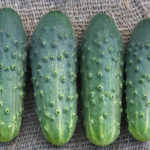
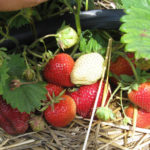
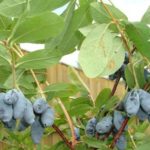
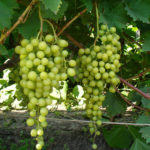
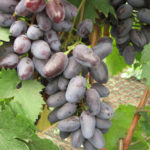
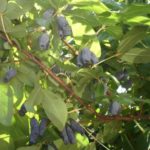



Dear gardeners! Who has this pear growing, share your feedback. I look closely at this grade.
I live in Bratsk, the Lel pear tree has been bearing fruit for 20 years already. The frosts are strong. Tolerates well, very productive. We have 2 trees. The only problem is to have time to process, drying helps, clean, cut and dry. It turns out sweet chips. And in tea, and in porridge, and just like that.